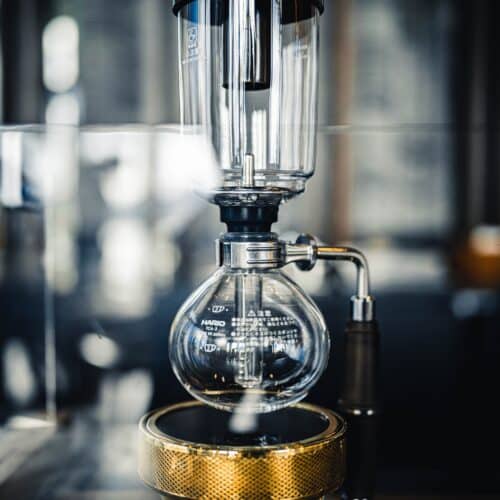The history of the coffee maker is a story of innovation and adaptation, with various cultures and individuals contributing to the development of the coffee brewing devices we use today. Here’s a brief overview of the history of the coffee maker:
Coffee’s Early Use: Coffee has been consumed for centuries, with its origins in the coffee plant’s native regions of East Africa. Early coffee preparations involved boiling coffee cherries to create a primitive coffee beverage.
Arabian Coffee Pots (Dallah): In the Middle East, specifically in Arabia, coffee brewing evolved significantly. Coffee was roasted, ground, and brewed using pots called “dallahs” or “ibriks.” These were designed to make strong, concentrated coffee known as Qahwa.
Turkish Coffee Pot (Cezve): The Turks refined the coffee brewing process further with the development of the cezve, a small, long-handled pot used to prepare Turkish coffee. Ground coffee, water, and sometimes sugar were combined and heated in the cezve to create a rich and thick coffee.
Drip Brewing in Europe: In Europe, coffee preparation began to shift toward drip brewing methods in the 17th century. Devices like the coffee sock, which allowed hot water to pass through a cloth filled with coffee grounds, became popular.
The First Coffee Percolator: In the early 19th century, the first coffee percolator was invented. It used a continuous cycle of boiling water through coffee grounds. However, this method sometimes led to over-extraction and bitter coffee.
Vacuum Coffee Maker: In 1840, a Scottish marine engineer named Robert Napier patented the vacuum coffee maker. This method used a two-chamber system where water vapor pressure and a partial vacuum created a vacuum that pulled hot water through coffee grounds. This design improved coffee flavor.
Drip Coffee Maker Development: The development of the drip coffee maker continued in the 20th century. In 1908, the first paper coffee filter was invented by a German housewife named Melitta Bentz. This led to the creation of the drip coffee maker as we know it today.
Electric Drip Coffee Maker: In the 1950s, the electric drip coffee maker became widely available, simplifying the coffee brewing process for home use. The automatic drip coffee maker allowed for consistent and convenient coffee preparation.
Espresso Machines: The 20th century also saw the refinement and commercialization of espresso machines, which produce concentrated coffee by forcing hot water through finely-ground coffee beans. Espresso machines revolutionized coffee culture and gave rise to espresso-based drinks like cappuccinos and lattes.
Modern Coffee Brewing Methods: Today, there is a wide range of coffee makers available, including French presses, AeroPresses, pour-over devices, and single-serve pod systems. These cater to various preferences and brewing styles, from espresso enthusiasts to those who prefer slow-brewed coffee.
The history of the coffee maker reflects the enduring popularity of coffee and the continuous efforts to improve the brewing process for better taste, convenience, and efficiency. Coffee makers have evolved over the centuries to meet the diverse demands of coffee lovers around the world.

